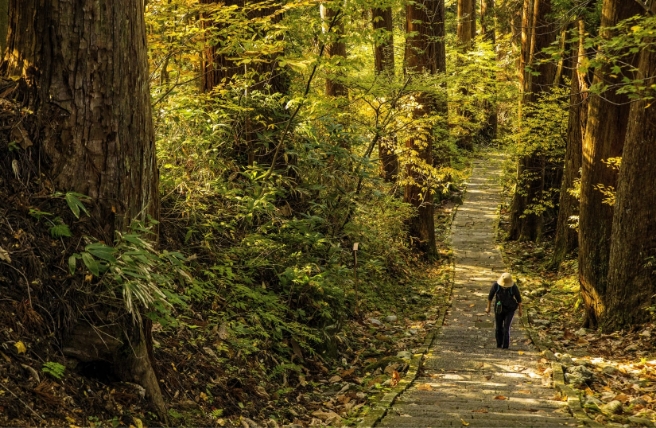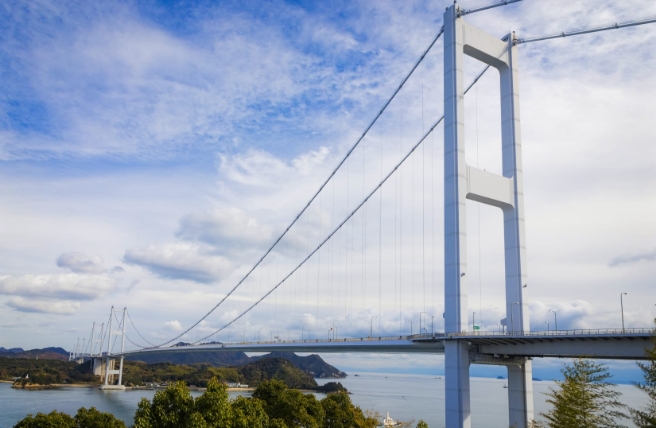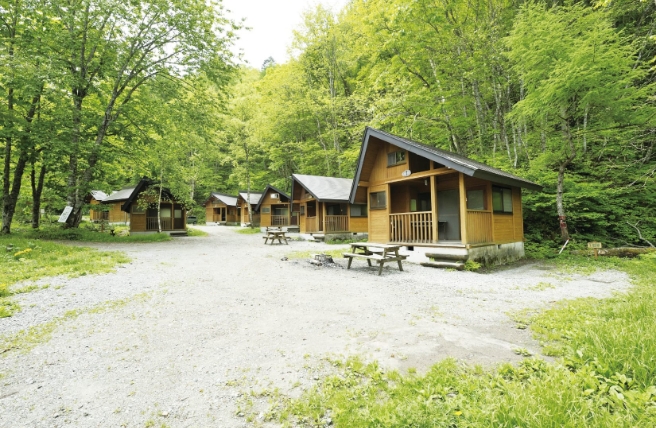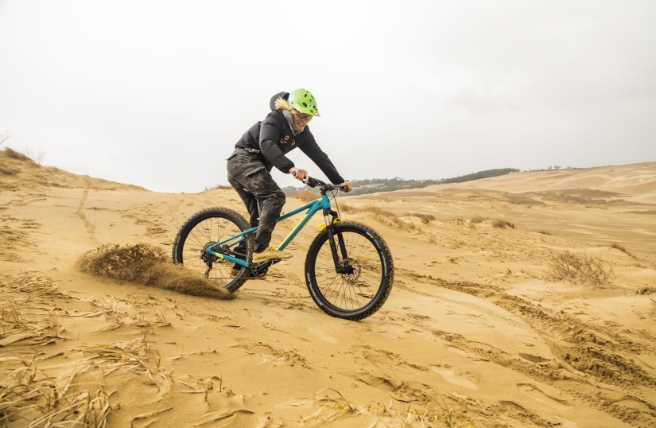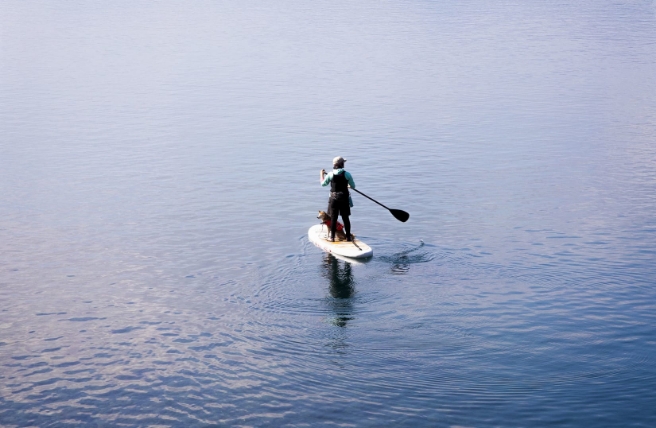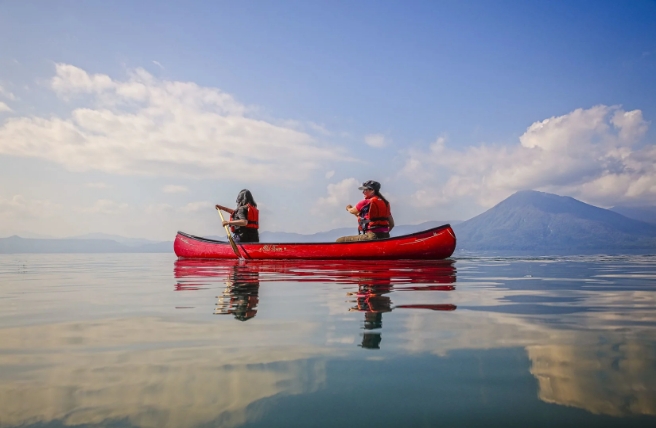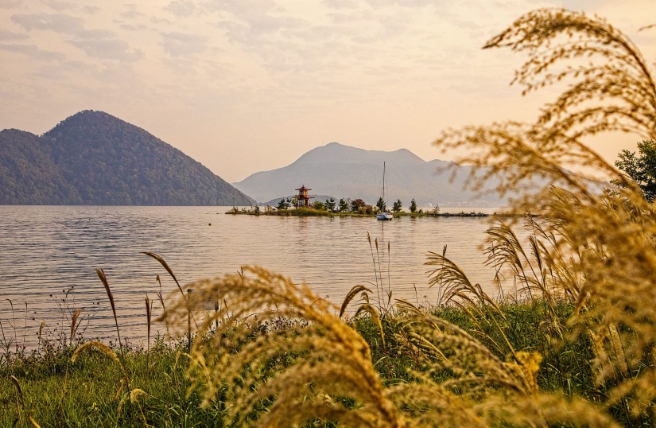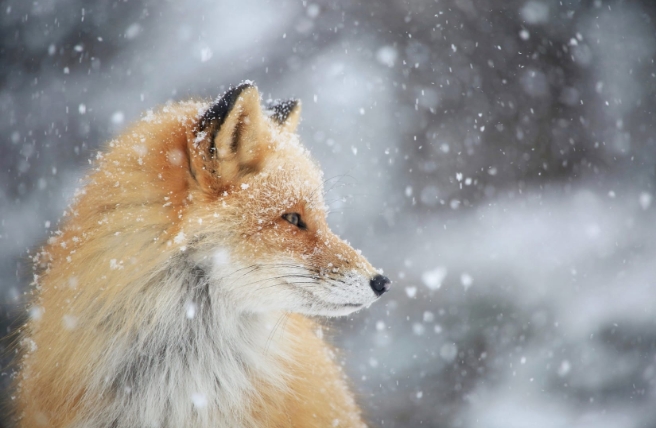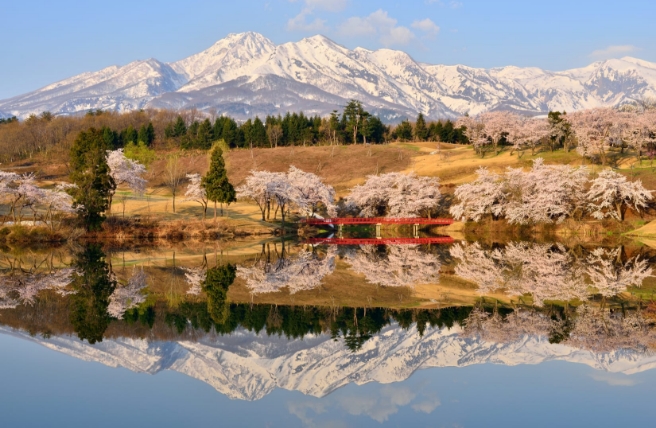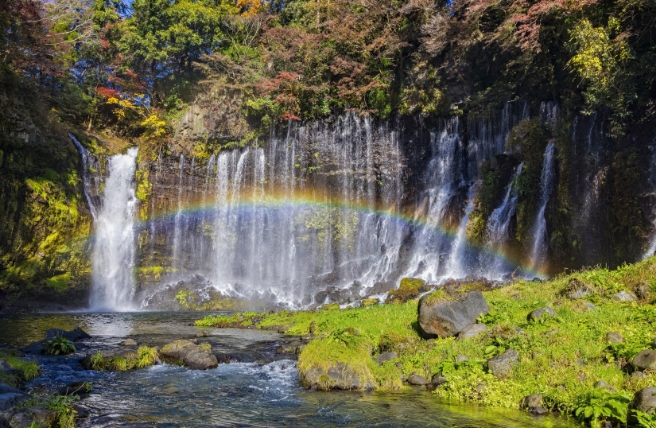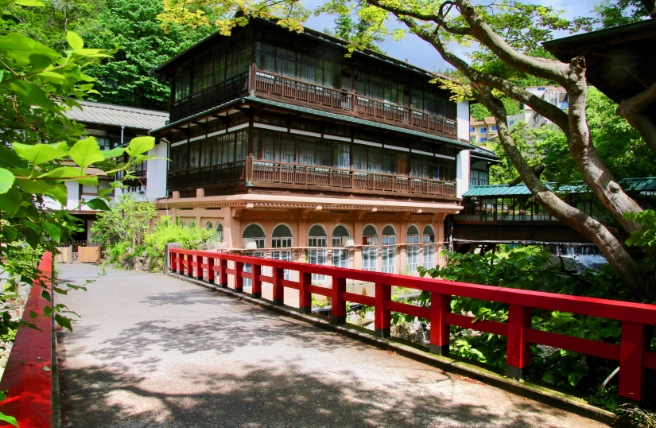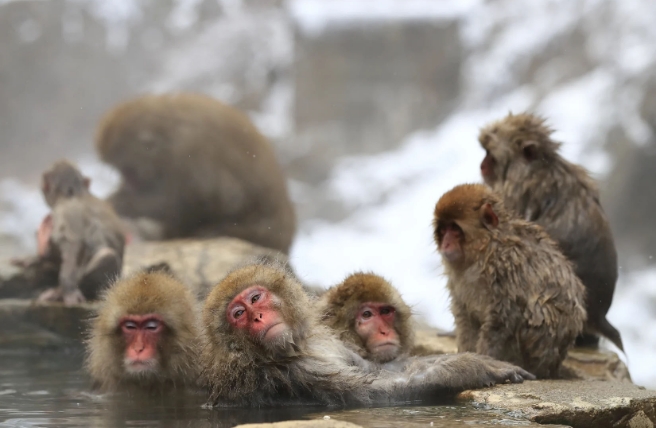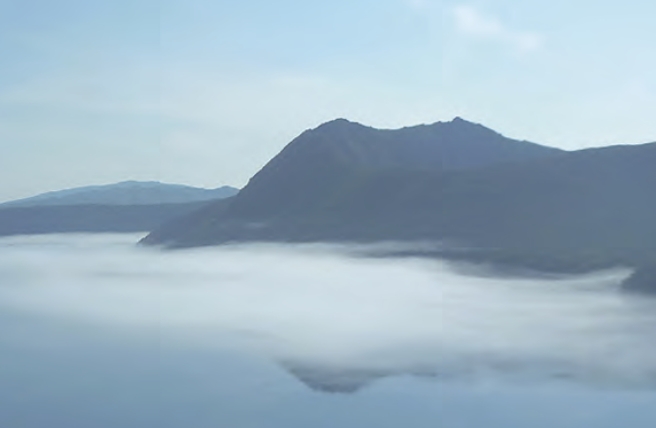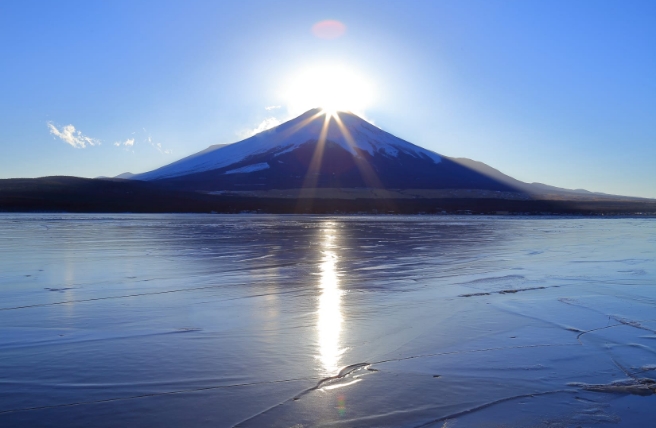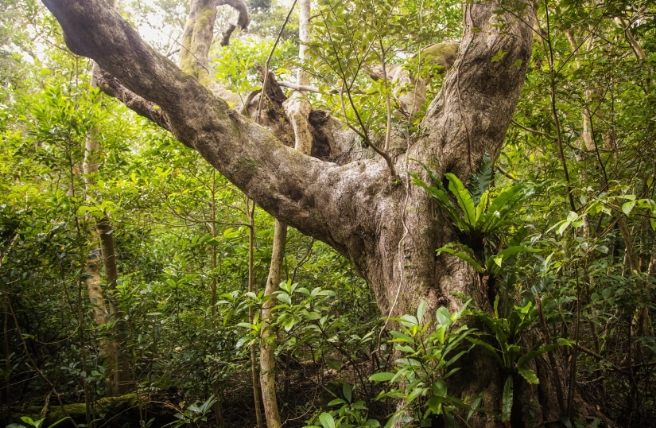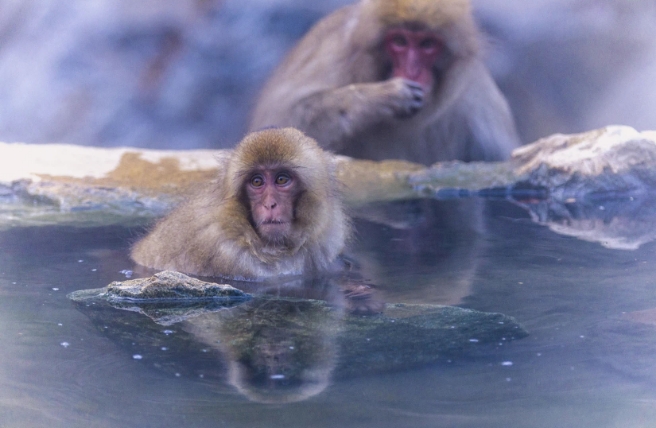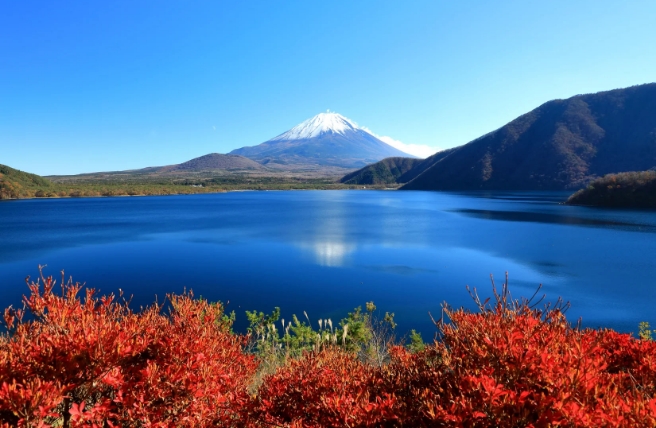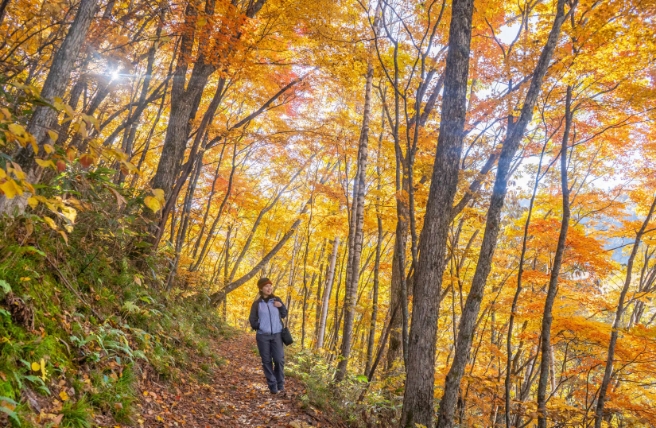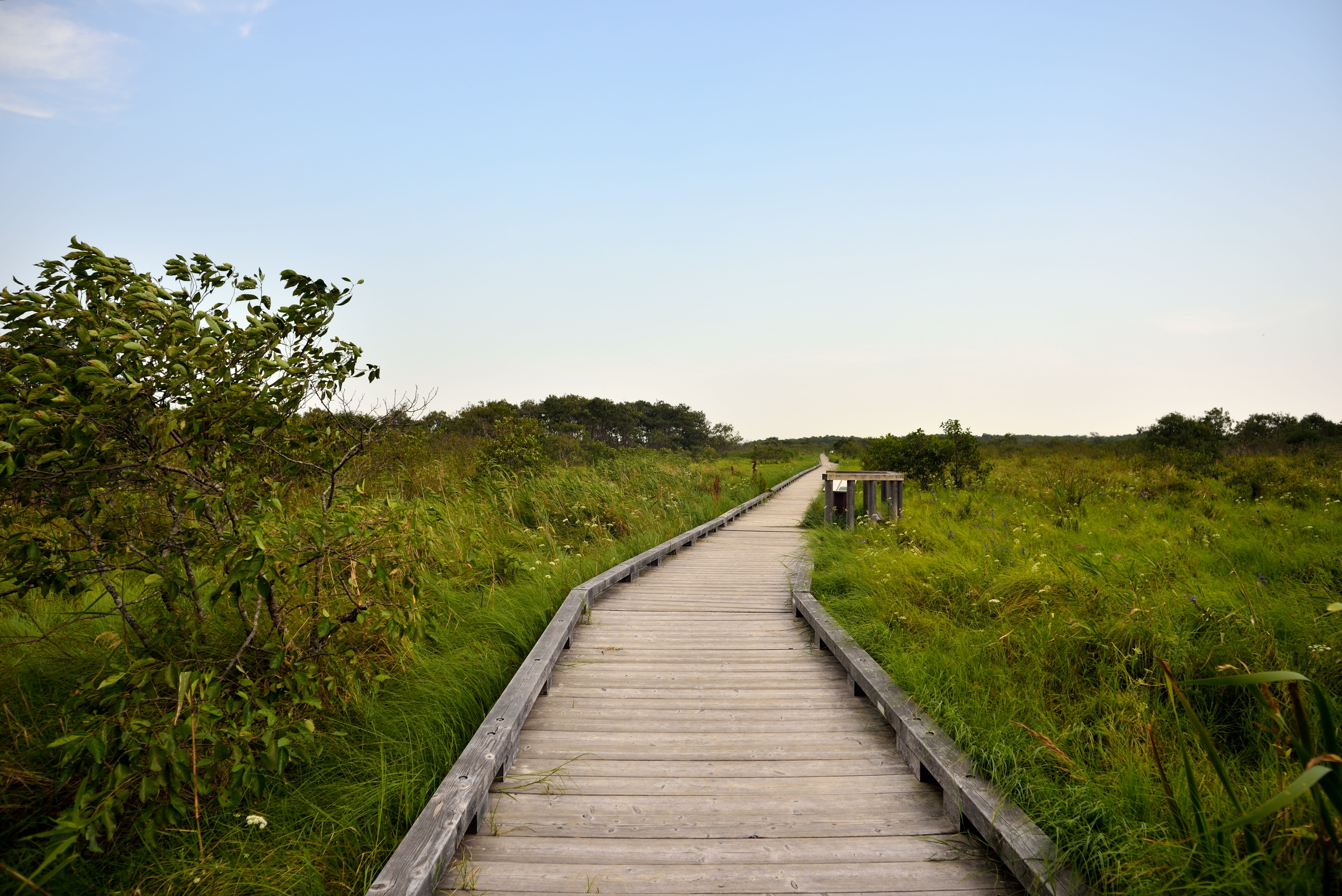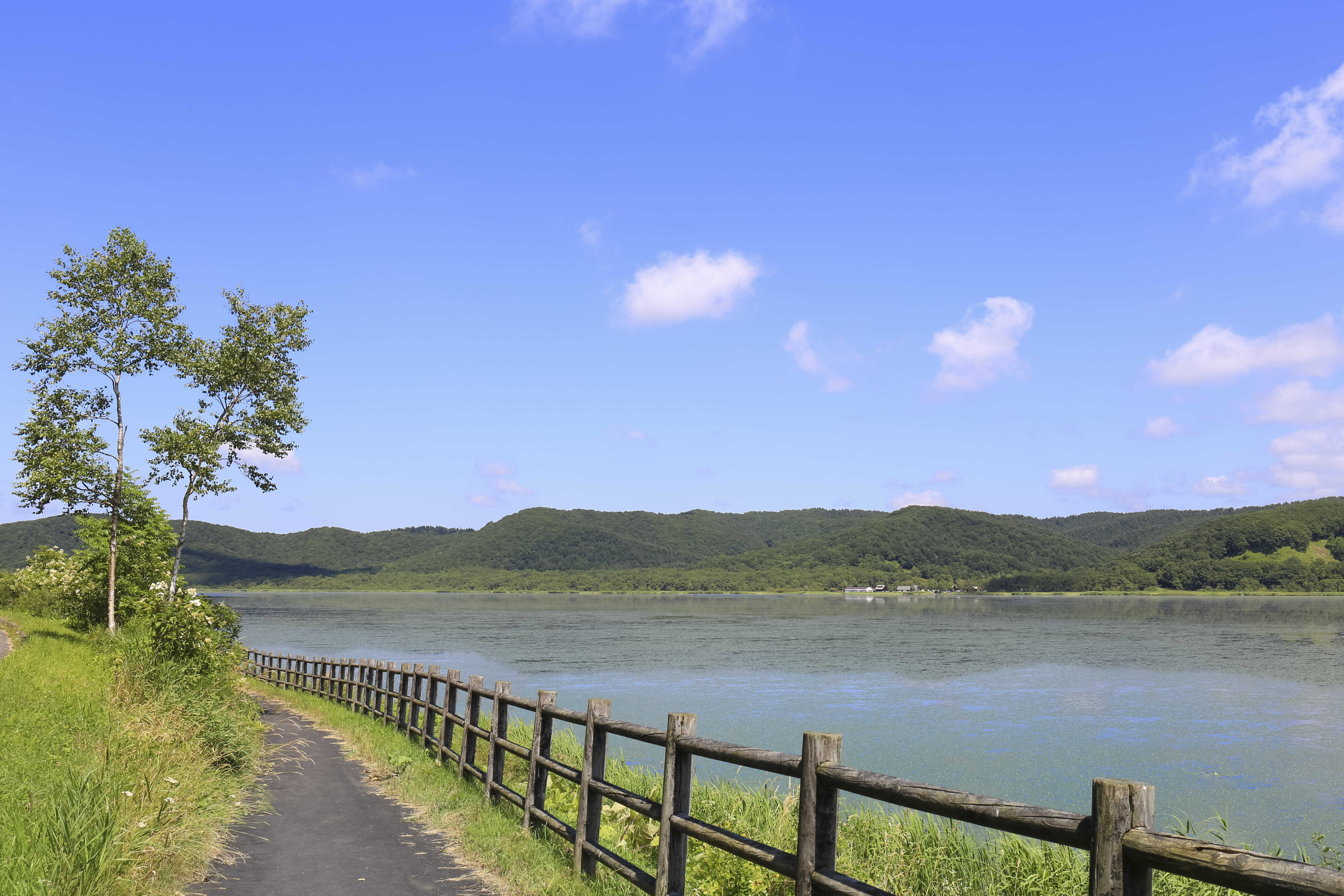The Wetlands
A large expanse of the wetlands that dominate Kushiroshitsugen spreads out across its western side. Onnenai Visitor Center, one of the park’s five observatories, is the place to start your marsh explorations. Its wooden walkways are the only path through these wetlands, allowing you to see the flowers and birds up close without damaging the ecosystem. Watch for the iconic red-crowned cranes (Grus japonensis), which thrive here. Hokkaido is famously snowy and cold in winter, but February is a peak time to visit to see these birds perform their elaborate courtship dances. The cranes are most commonly seen in the park’s northeastern section, so Kottaro Wetland Observatory is another good place to look for them.
Hosooka Observatory, in the southeast corner of the park, looks out across the marshes and the Kushiro River cutting through them. Beyond, you can see the towering peaks of the Akan mountain range on the horizon.
The wetlands are also home to rare white-tailed eagles, Japan’s largest raptors, as well as Japanese deer and red foxes. The best way to spot wildlife is with binoculars at the observatories. You’ll also find more than 700 species of plants, including marsh tussock, a distinctive-looking grass, and cuckoo flowers (Cardamine pratensis), which date back to the Ice Age.
You can go horse trekking in the northwest corner of the park. Even beginners will enjoy this gentle ride along the wetlands, where the marshes meet the hills.
Kushiro River and Lakes Shirarutoro, Toro and Takkobu
The Kushiro River and the lakes of Kushiroshitsugen are in the park’s eastern end. You can get an idea of the park’s environs and scale from Sarubo Observatory. Close by is Lake Toro Eco-museum Center, where the serene 600-meter shoreline trail of Lake Toro begins. You have a choice of campgrounds around the lakes, with all of them offering the chance to sleep under the stars.
Nearby, the Kushiro River meanders from north to south through the park. The best way to explore this waterway is by canoe. There are several guided tours to choose from, and all give you plenty of time to appreciate the park’s unspoiled wilds. If you're looking for another memorable ride, the Kushiroshitsugen Norokko train runs alongside the river, providing scenic views.
Snow blankets the park during winter, but there are still opportunities to explore. Ice-fishing for smelt on Lake Toro is one of the most popular activities in colder months.
Culture
About 20,000 years ago, at the end of the last Ice Age, this area was part of the land. Seawater submerged the area and later retreated, leaving peaty wetlands and lakes. Stone arrowheads and other artifacts dating back to the Paleolithic Age have been found at around 400 sites across the hills in Kushiroshitsugen, providing solid evidence that there were humans living here at that time. From the mid-17th century, the Matsumae clan began trading and warring with the native Ainu, who already traded with China and others. The Kushiro area later became a major fishing, timber and mining base and port. You can learn more at the Kushiro City Museum.
